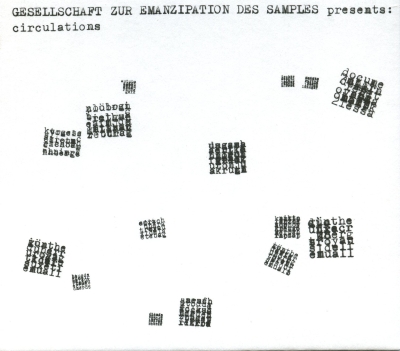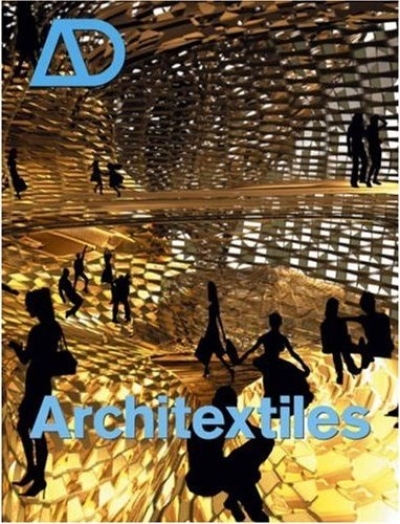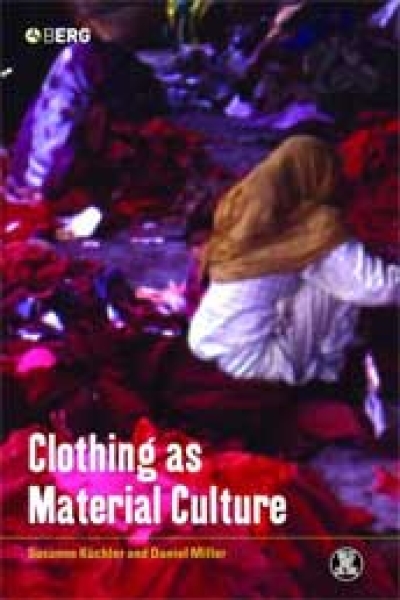
Die Gesellschaft zur Emanzipation des Samples presents: circulations (Audio CD)
Vermutlich ist bei obiger Überschrift der Klärungsbedarf größer als ihr Informationsgehalt. Dennoch sollen über den Präsentator nur wenige Worte verloren werden: Denn die Gesellschaft zur Emanzipation des Samples existiert nicht offiziell, ist vielmehr eine lose Idee, ohne Manifestation und Mitgliedschaft, die sich hauptsächlich einem pragmatischen Gedanken verpflichtet: finanziellen Rückhalt und juristischen Beistand beim Ausüben eines Urheberrechtsverstoßes, dem Sampling.
Zu ‚Circulations’: Die Idee zu dieser Audiocollage kam über das zufällige Aufnehmen von Popsongs, die über die PA eines Jahrmarktskarussells abgespielt wurden. Jeder kennt das Szenario: Beim Autoscooter läuft Bruce Springsteens ‚Born In the USA’, das Karussell, das von Marvin Gayes ‚Sexual Healing’ begleitet wird, aber auch Filmgeräusche im Kinosaal oder die Sinusgeneratoren einer Klanginstallation: All diese Aufnahmen sind Aufnahmen öffentlicher Räume. Klanglich festgehalten werden jedoch nicht nur die spezifischen Räume, sondern ein zum Ort und der Aufführung autarkes Moment der Erkennbarkeit. ‚Sexual Healing’ wird sich wohl immer aus dem Rauschen des Öffentlichen dechiffrieren lassen, unabhängig des Aufführungsortes.
Doch was passiert mit den urheberrechtlichen Ansprüchen beim Benutzen dieser Aufnahmen? Müssen Marvin Gayes Verlegern Tantieme ausgezahlt werden, weil auf der Aufnahme eines Karussellbetriebs ‚Sexual Healing’ zu hören ist?
‚Circulations’ inszeniert diese Aufnahmesituation nach. Wiedergabegeräte wurden in öffentlichen Räumen platziert um das gewünschte Samplematerial abzuspielen. Die daraus entstandenen Aufnahmen bezeugen Musik aus einem öffentlichen Raum. Und auch wenn die Autorenschaft der Musik sich vielleicht noch zuordnen lässt: Zu hören bleibt eine Feldaufnahme, in welcher Musik beiläufig mitzirkuliert. Es wird neben der Raumakustik, Passantengesprächen und Verkehrsgeräuschen zu einem Event unter vielen. Kann auf solche Aufnahmen weiterhin Anspruch auf Copyright erhoben werden?
‚Circulations’ inszeniert eine Aufnahmesituation und zugleich auch die Utopie eines urheberrechtsfreien Raums. Denn vielleicht eröffnet sich hier ein Weg aus der Kriminalisierung des Samplings: Man nehme sein Samplematerial und sample es im öffentlichen Raum.
Auf der CD befinden sich 20 Miniaturcollagen, deren Soundmaterial sich fast immer aus solchen Aufnahmen zusammensetzt. Mal ist die Situation des Öffentlichen offensichtlich, mal kaum erkennbar. Je nachdem wie stark diese Samples bearbeitet wurden.
Um einer eventuellen Enttäuschung vorzubeugen: Weder Springsteens ‚Born in the USA’, noch Gayes’ ‚Sexual Healing’ sind in die Collagen mit eingearbeitet worden. Umso mehr freue ich mich darüber, dass der Autor der Collage seine Liebe zur Exotica-Musik mit mir teilt. Zumindestens ist es das, was man beim Hören von ‚Circulations’ zu erkennen glaubt. Der Autor selbst gibt sich als anonymes Mitglied der G.E.S. aus. (Jan Jelinek)
The above headline might throw up more questions than it answers. Nevertheless, I will waste few words on the presenting body: G.E.S. is no official entity, but rather a rough idea, an association without membership or manifestation committed to one primary and pragmatic notion: financial backing and legal support in case of active breaches of copyright – the process of sampling.
On 'Circulations': The idea for this audio collage emerged from random recordings of pop songs played through the PA of a fairground carousel. Picture the scene: Bumper cars racing to Bruce Springsteen's 'Born In The USA', a carousel turning to Marvin Gaye's 'Sexual Healing', but also projector sounds in the cinema or the sine generators of a sound installation: all of these are recordings of public space. And yet, they contain not only the ambient sounds of their specific point of origin, but also a discrete and distinct recognisable moment. We will always be able to decipher and disassociate 'Sexual Healing' from the random noise of public space, irrespective of location.
To what extent does the recording process affect potential copyright claims? Are Marvin Gaye's publishers entitled to royalties because the recording of a merry-go-round conveys traces of "Sexual Healing"?
'Circulations' aims to restage this particular recording premise. Playback devices are placed in public space and broadcast the desired sampling material. The recordings bear witness to music in public space. Even where authorship is still recognisable, the resulting field recordings relegate music to a casual, circulating background element – just one event among many, equal to the ambient acoustics, casual conversations and traffic noise. Do the rules of copyright still apply?
'Circulations' choreographs a recording situation and, at the same time, the utopia of a space unfettered by copyright. A potential solution to the criminalisation of sampling: take your sources and sample them in public space.
The CD contains 20 miniature collages, assembled almost entirely from such recordings. In some cases, the public aspect is palpable, in others, it is hardly noticeable, depending on the degree of processing.
To pre-empt disappointment: Neither Springsteen's 'Born In The USA' nor Gaye's 'Sexual Healing' have found their way into these collages. I am, however, all the more pleased that the collage's author shares my love of Exotica, as suggested by the sounds on 'Circulations'. The author himself purports to be an anonymous member of the G.E.S. (Jan Jelinek)
























































